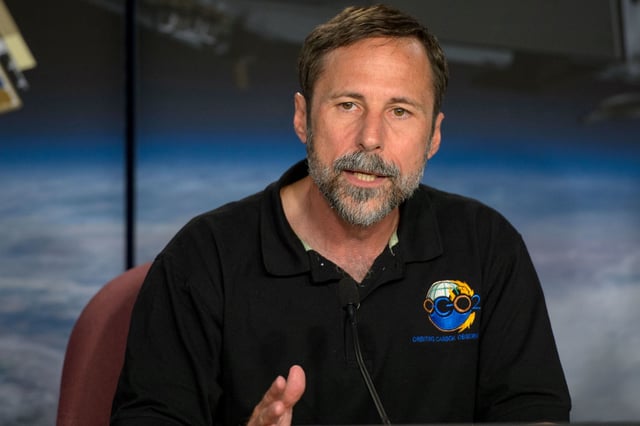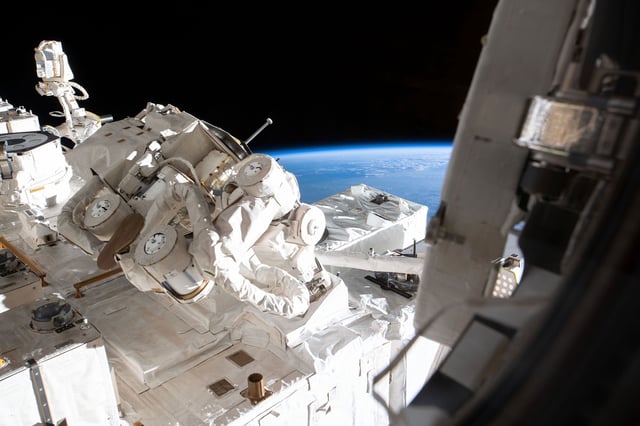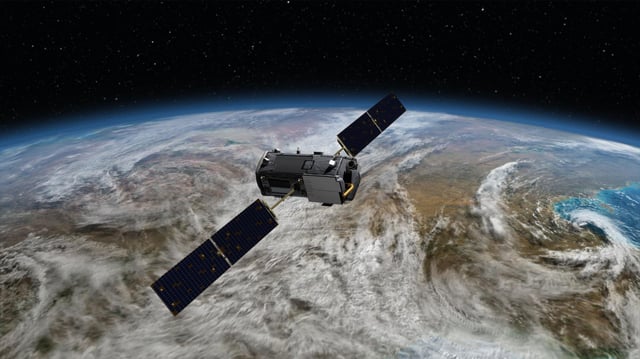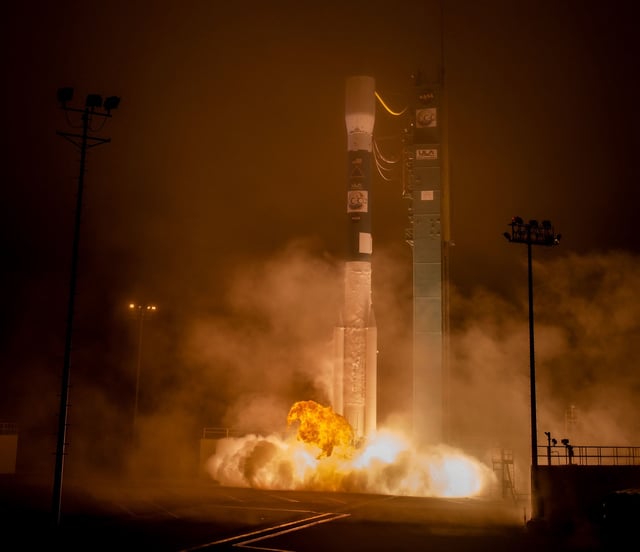Overview
- The Trump administration’s FY2026 budget request eliminates operational funding for NASA’s Orbiting Carbon Observatory missions, setting the stage for OCO-2’s deorbit and OCO-3’s shutdown.
- NASA has moved both satellites into Phase F closeout planning and invited external partners to sustain OCO-3 operations by the August 29 deadline.
- Experts emphasize that OCO-2 and OCO-3 remain fully functional and that OCO-2’s onboard fuel could support data collection into the 2030s at a low annual cost.
- Analysts warn that ending the missions would create a multiyear void in high-precision CO2 and photosynthesis measurements crucial for climate research and agricultural forecasting.
- Researchers and advocacy groups are lobbying lawmakers and exploring public-private partnerships to secure funding and prevent irreversible data loss.



